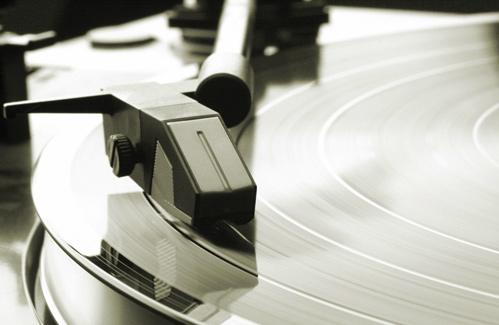 Roger King of the Toronto/Montreal based Performance Network Agency wrote to us a fortnight ago with some exciting news. He has a documentary film in the works on the glory days of the rock radio deejay. Title: “I am what I play.” Subtitle: “a feature film about the heyday of rock radio.”
Roger King of the Toronto/Montreal based Performance Network Agency wrote to us a fortnight ago with some exciting news. He has a documentary film in the works on the glory days of the rock radio deejay. Title: “I am what I play.” Subtitle: “a feature film about the heyday of rock radio.”
From the sixties through the 1980s, “the rock radio DJ played an unprecedented creative role in the rock music world,” the film’s promotional summary says. The documentary profiles four deejays who defined the rock radio era: “their programming, their politics, and their deep connections with musicians and fans in the heyday of rock radio. Where are they now — and how did they reinvent themselves as the medium changed?”
Specifically, the feature will explore the careers of Patti Smith/Ramones champion Meg Griffin of WRNW and WNEW in New York City, Toronto legend David Marsden (aka “David Mickie”) of CHUM-FM, Charles Laquidara of free form powerhouse WBCN in Boston, and Pat O’Day, long time Program Director for KJR of Seattle.
There’s definitely a big, hungry market for this kind of work. Once released, “I am what I play” will join a wave of recent documentaries on radio, including a doc on WFMU in New Jersey, on WBAI free form pioneer Bob Fass, and on listener supported station KPFA in Berkeley, California. Advocacy features include Sue Wilson’s Broadcast Blues and Corporate FM. There are also a slew of documentaries out on college radio.
There is no YouTube style preview of “I am what I play” yet, but King keeps a kind of work-in-progress blog going. I particularly enjoyed the entry titled “Obligatory Frustrated Documentary Filmmaker Rant”:
“The editor complains about not having enough visuals to work with.
The visual researcher is only working part-time.
There was a miscommunication with the music guys and they are behind schedule.
We’re on our second editor, by the way.
This photographer wants to charge $500 per photo, no bulk deals. He has so many great photos, perfect for our film.”
This is all par for the course, of course, and despite all these obstacles, King has produced a rough cut of the film. But one of the unique challenges of the radio documentary is how to portray an audio medium in images. I asked King about that.
“I think we’ve done a pretty good job of finding archival photos, footage etc and combining this with footage we’ve shot,” he replied. “Sometimes, it’s shots of the cities (Boston, New York, Toronto, Seattle) and sometimes it’s little re-creations to match the stories told by our subjects. You can do a lot with a simple re-creation without teetering into cheesy territory. I don’t mean actor dialogue on screen – just shots of people or even objects that fit the narrative. And of course in some cases, it’s best to just leave the DJ on-screen. Whatever is more compelling.”
Also intriguing—this commentary on the role of corporations in radio:
“I see lots of blogs and hear lots of podcasts about what’s wrong with radio now – why this connection to younger generations has been lost. And I know the standard line is to blame corporations. While it’s true that many corporations have tried to control the message and the music, I think where radio sits today is the result of a number of factors besides just the present-day radio execs not understanding the charm of the psychedelic era.”
I queried King about what factors he was thinking of. “I think more than anything it’s what options are available,” he answered:
“Going to high-school in the 1980’s, my general entertainment options beyond going to live events were listening to the radio at home or in the car, watching television, or listening to music, either on my home stereo or on a Sony walkman (and that would have to be music I pre-taped on to cassette).
Now, I don’t think I need to run down the myriad of listening and viewing options in 2014, nor the technological options for enjoying that entertainment. Radio has to compete with all of this so there is got to be some compelling reason for a listener to turn on the radio vs all the other entertainment options. What we try to get at in the film is the idea that the more freedom the DJ is given, the more likely it is that he/she will stand out amongst all these choices. The more likely something different and unique will emerge – if you let creative people do what they want to do.”
We’ve got no ETA on “I am what I play” yet, but will update Radio Survivor readers as we get more news of its progress.


